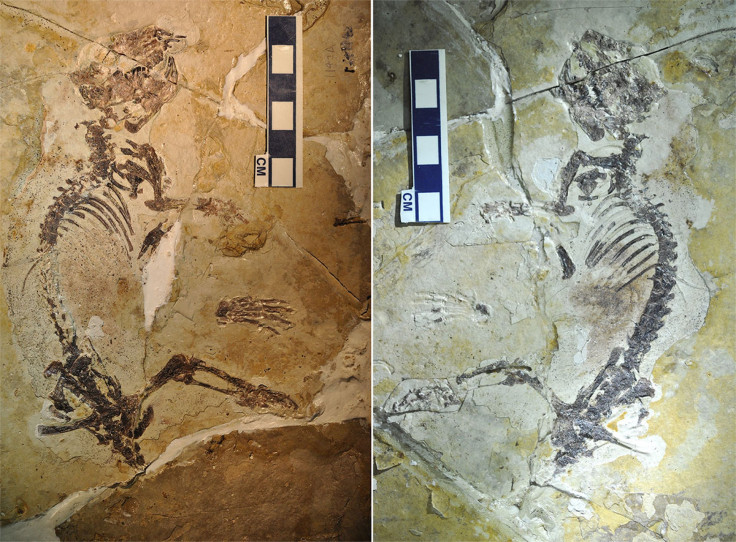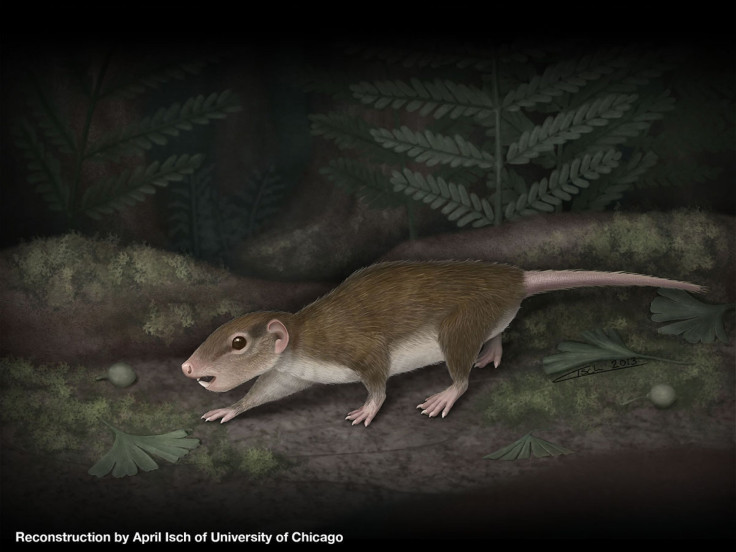Fossils Of ‘Wrinkly Tooth,’ The Super-Rat And Earliest Ancestor Of Modern Rodents, Discovered In China
Scientists have unearthed the fossilized remains of a super-rat that is the earliest known ancestor of modern rodents in China. Rugosodon eurasiaticus was a rodent-like creature that lived alongside dinosaurs whose fossil record dates as far back as 170 million years ago.

The 160 million-year-old fossilized remains of the multituberculate, a rodent-like mammal, were discovered by a team of scientists from the University of Chicago, the Chinese Academy of Geological Sciences, the Beijing Museum of Natural History and the Carnegie Museum of Natural History in Pittsburgh. The multituberculate species was an agile animal with flexible ankles and ridged teeth. Rugosodon means “wrinkly tooth” in Latin, reports Science.
Zhe-Xi Luo, from the University of Chicago, said the fossil discovered in China was of a complete Rugosodon eurasiaticus skeleton. “We finally have a complete skeletal fossil that allows us to paint a coherent picture of the evolutionary origin of these prolific and important ancient mammals,” said Luo in a statement.
The skeleton helps scientists understand how the early mammal became so successful during the dinosaur-dominated Mesozoic Era. Its flexible ankle bones were what impressed scientists as it allowed Wrinkly Tooth to become a fast and nimble creature that could climb trees, jump or dig tunnels. Wrinkly Tooth was an omnivore and consumed insects, worms, seed-producing plants, such as conifers, and ferns. The scientists speculate the animal was nocturnal and had a weight similar to that of the African dormouse (most weigh just a few ounces), and was native to the area now known as Liaoning province. Researchers have previously discovered fossilized remains of multituberculates in Western Europe.

Luo said the discovery provides new insights on the evolution of multituberculates and helps explain the success of these early mammals. “This superb feeding function, together with versatile locomotor adaptions, explains why multituberculates were so successful and diverse. Now we have a sense of what they started off with, thanks to the discovery of Rugosodon,” said Luo.
While the multituberculates had a long reign they soon became extinct after the emergence of true rodents, some 60 million years ago, reports Science. It is believed true rodents and multituberculates competed in the same ecological niche, and the early mammals eventually succumbed to the rodents. The fossil discovery was published in the journal Science.
© Copyright IBTimes 2024. All rights reserved.






















